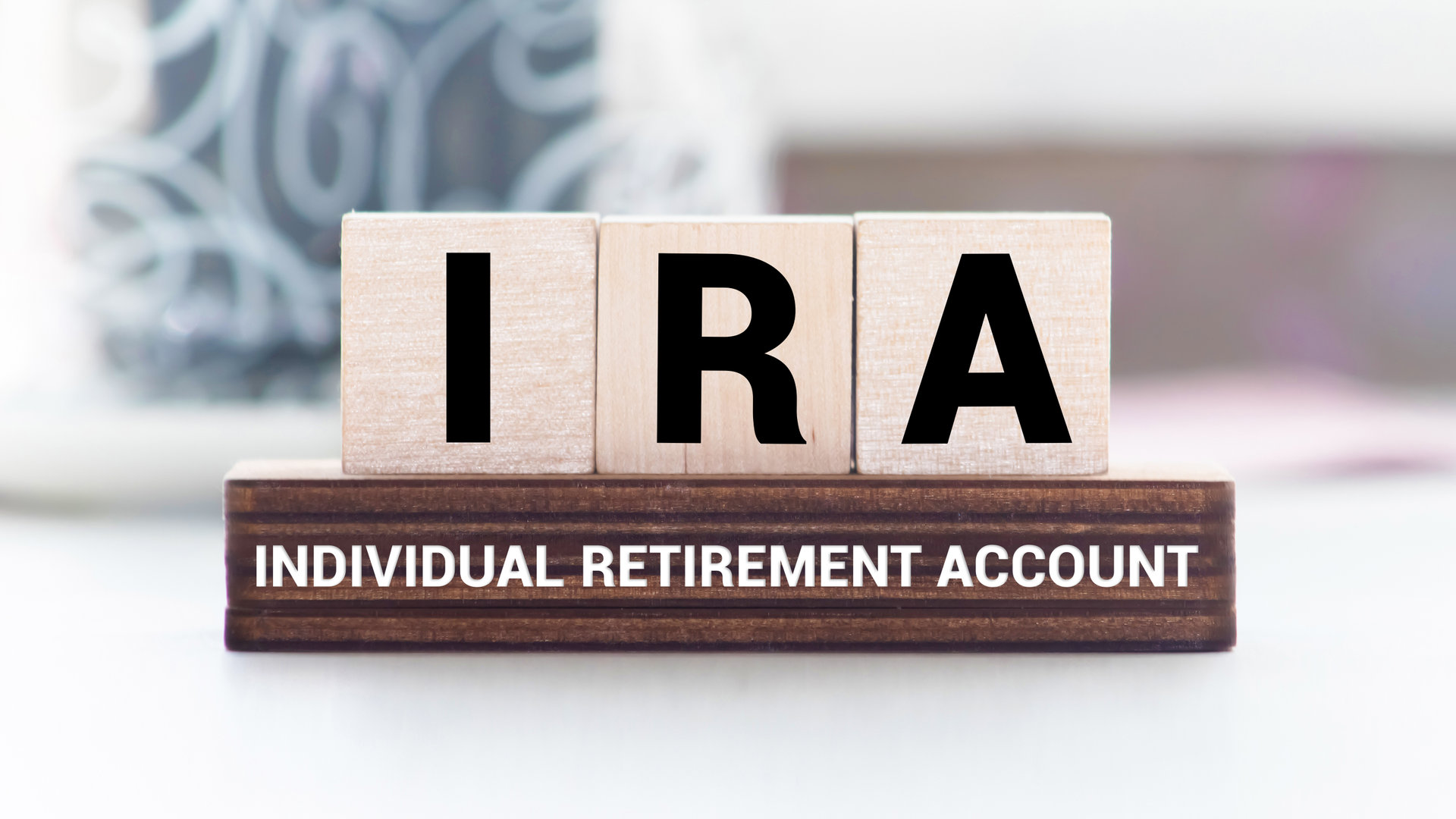Investment is an intimidating topic because it yields returns.
At the same time, it is essential to grow your wealth over time, irrespective of what lifestyle you follow.
Nothing else could be safer than growing a habit of investing a part of the income from an early age.
Investing in the right place and at the right time ensures a safer future. It gives unfathomable courage to fight back against the challenges that life throws now and then.
The trend for investments is growing in the young population worldwide.
According to recent research, only 22% of the young US population below 35 owned stocks in 1989, whereas in 2016, the percentage grew to over 41%.
Real Estate investments also experienced a hike of 4.1% between 2020 and 2021.
In this article, you will learn more about investments and how to embark on an investment-making journey.
7 Steps to start your investment journey
Investment needs careful observation of the various markets, investment tools, prevailing inflationary pressures, political turbulence, economic and geo-political conditions, etc.
Successful investments also need correct analysis of investment goals and risk tolerance levels, either with the help of professional financial advisors or through self-analysis.
But the million-dollar question — where should you get started?
Here are some crucial steps to help you seamlessly steer through the investment process.
1. Get started early
Selecting your timeline is the best thing to do before starting to invest.
Starting early gives time for an investor to grow his money amidst the uncertainties in the stock market.
If you are done paying off your monthly expenses, have cleared all your debts, and still have some funds in hand, it’s time to invest.
But the tricky part is, how much money should you start investing?
2. Decide how much to invest
Deciding the time and amount of investment are the preliminary steps to successful investment.
Don’t worry if the amount you want to invest is not significant enough. It doesn’t matter how much you’re investing for the first time. It is the willingness to invest frequently that matters the most.
On average, it is better to invest at least 10% to 15% of the yearly income in various accounts. This will ensure that even if one vehicle fails, others will save you from becoming bankrupt.
Keep the emergency funds separate to spare the mishap of selling the investments in times of need. The emergency fund should be enough to cover the expenses for at least half a year and buy some time for settling the financial turmoil.
But what if you need to move out of your country? Life is uncertain, and so are our prospects. Your job or sometimes other apparent reasons require you to travel and settle elsewhere.
For investors who are planning to shift to other parts of the world, such as Canada or the USA, there are country-specific instruments that you can select to start your investment journey.
For example, investing in Canada may differ from investing in other parts of the world. Therefore, plan your investments accordingly.
You may need a little more money for your daily expenses in a different country and save less. Eventually, you would need to plan your investments according to the vehicles available in that country.
3. Find a financial planner
Get yourself a financial planner if you have funds to invest and cannot decide under what accounts to invest. They will perfectly guide you in your investment planning.
A financial planner can explain the essential things to you and the best tools to invest in. They can help you in charting an effective financial plan.
4. Know the differences between active and passive investments
Active and passive investments are the two essential concepts of investments.
Active investors make all the efforts themselves to do constructive research on the various investment opportunities. They conduct fundamental analysis to put their money into action.
Active investors are typically high-risk tolerance investors. They don’t mind waiting for the right time to reap the benefits of the returns from their investments. Active investments include buying or selling online.
On the other hand, passive investors are low-risk investors. They just put their money into the investment vehicles for someone else to do the work and get their money into action. Examples of passive investors are those investing in mutual funds.
Most Americans do not like the concept of active investments. They prefer to put their money in various investment pools.
As an investor, you need to understand your needs and preferences when investing your hard-earned money.
Whether you want to invest money on your own or allow the third parties to do the work for you. It also depends on various aspects, such as:
- Your desire to know the market
- Your risk-tolerance levels
- The time you can afford to reap the benefits of your investments
5. Pick the right investment strategy
The investment strategy you follow might differ from the others. It depends on multiple factors like how much you want to invest and how long.
Investors should streamline the investment options according to their needs and not based on external factors like peer pressure.
Charting the right investment strategy also requires a thorough understanding of the investment tools and vehicles.
Different investment vehicles are available in the market with varying degrees of risks associated with them.
The most common instruments are stocks, bonds, ETFs (Exchange-traded Funds), etc. If the investors plan for long-term investments, index funds, ETFs, or low stock MFs (mutual funds) can be a good option.
For people looking for short-term investments, a low-risk instrument would be profitable.
6. Open an investment account

Source: 123RF
If you live in a country that allows you to open an investment account, get it done as soon as possible.
Examples of investment accounts are retirement accounts like the IRA (Individual Retirement Account) or the taxable brokerage account.
Retirement accounts have some limitations, like they have a lock-in period before which you cannot withdraw money.
Taxable brokerage accounts do not come with any limitations. Hence, choose wisely.
7. Diversify your investments

Image Source: Unsplash
As an investor, you can safeguard against huge losses by incorporating different asset categories into the investment plans. All the asset classes do not fall or rise at the same time.
According to the needs, it is better to diversify the investment portfolio into stocks, bonds, ETFs, cryptocurrencies, and real estate. Let’s discuss the investment tools in detail:
a. Stocks
- Also known as equities, they are the share of ownership in a company
- The price of each share depends on the value of the company
b. Bonds
- It is more like a loan taken by a government entity or a company from bondholders in exchange for interest for a specified term
- Carry fewer risks compared to stocks but offer low returns than stocks
c. Mutual Funds
- They are passive investment tools where investors get to invest in multiple investment pools in just a single transaction.
- Spare investors the effort to manually select individual stocks and bonds and invest in them
- Carry lower risks than stocks
d. ETFs
- They are like mutual funds holding a collection of individual investment tools.
- They are traded throughout the day at specified share prices.
- They are good investment options for beginners because the share price is often lower than the minimum investment amount.
e. Cryptocurrencies
- Are digital currencies that operate on blockchain technology
- Offer the most transparent transactions in the market
- Can yield huge profits when the prices are high
- They are not affected by market inflation or any other external factors
- Help in earning some passive incomes just by holding the crypto coins into a wallet until they are sold
Note: The cryptocurrency markets continued experiencing substantial growth. During the recent crisis caused by the COVID pandemic, the stocks markets crashed, and there was a massive funds outflow from the stocks markets. Investors rapidly withdrew their funds out of the stock market and preferred keeping them safe in their banks. However, the massive economic turmoil did not affect bitcoin much.
f. Real Estate
- They are excellent wealth-building tools.
- Generate passive incomes if invested in the suitable properties
Conclusion
Saving money and investing them in the right products help reap the benefits after retirement.
Having an accumulated fund gives mental peace and confidence to face unforeseen circumstances.
There is nothing called the “right investment strategy,” it is a variable concept and differs for every investor. The risk-tolerance level of every investor can determine which investment strategy would be the best for him.
Investing in stocks would be a good option for high-risk investors, whereas bond investments would be the right investment strategy for low-risk investors who want higher returns.
Find out what type of investor you are, and then plan an investment strategy for yourself.
Share your thoughts about your investment journey in the Comments section below.
Featured Image Source: Unsplash


